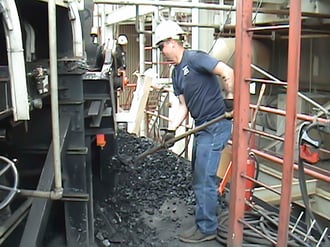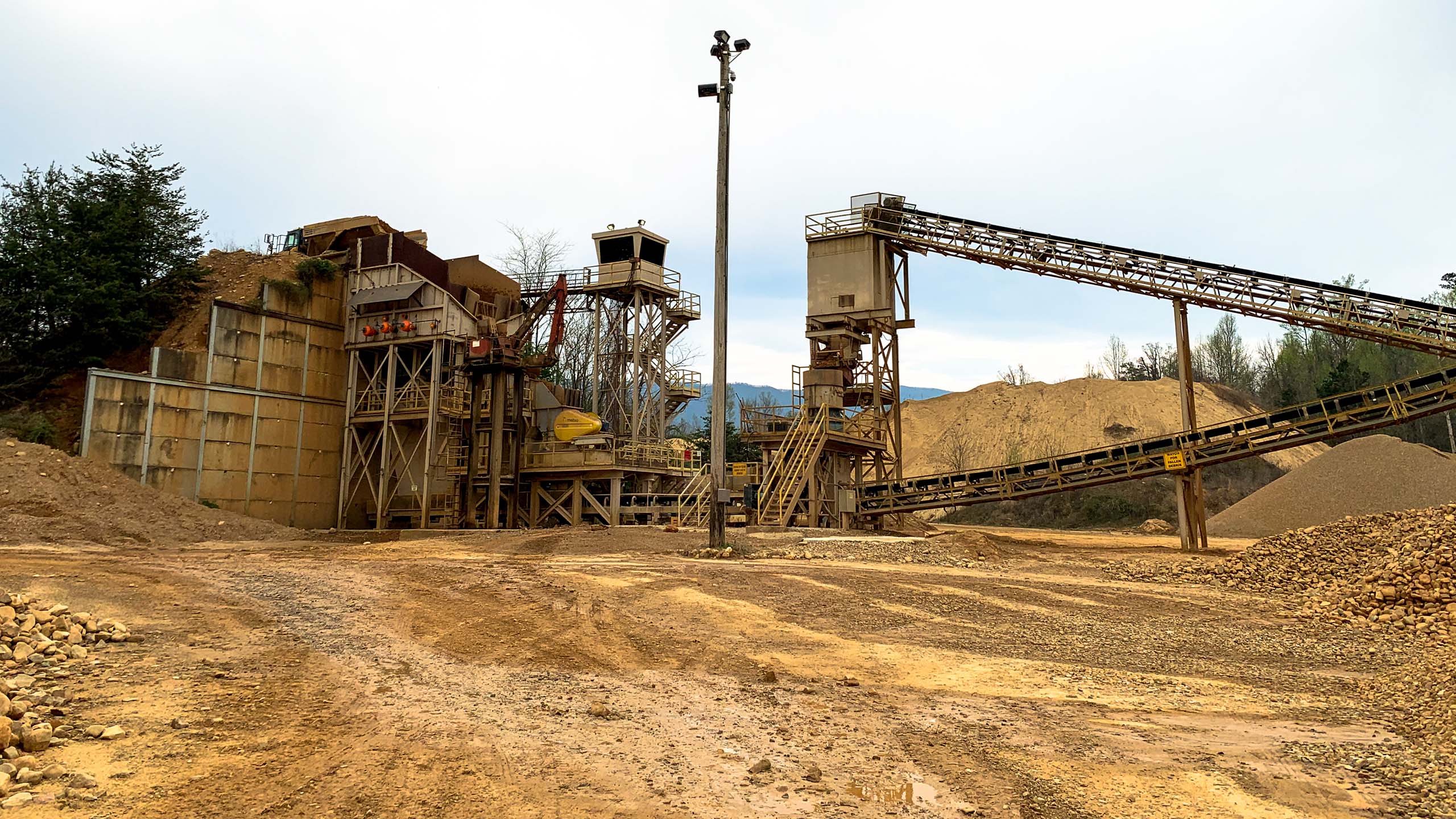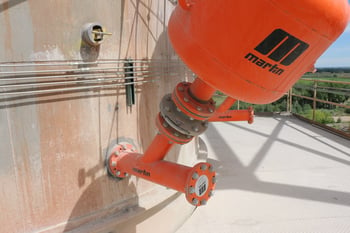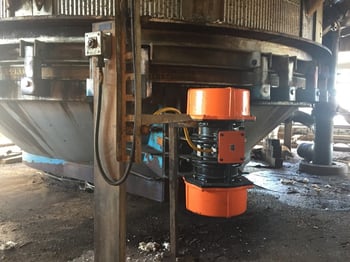By Kari Kipp on Apr 8, 2022 11:51:24 AM
Do you know anyone who absolutely despises spring? Probably not because I feel like I am on an island alone. I don’t like it, not one bit, not anything about it! Have I always disliked spring? No, I used to look forward to the warmer weather, time outside with my friends, pretty flowers starting to bloom, etc. My hatred for the season started when my husband and I bought our house eight years ago. 🏠
 We loved the house, especially the amazing BIG backyard because we could now have our Chocolate Lab, Morgan, home with us again (we were in a rental house with no pets allowed). The sale happened in February when snow was on the ground and everything was frozen...life was good! In March, we moved in and before we knew it, things started to change. The weather got warmer (yay) but the snow was melting and the yard was now thawing. Like any yard, there was now mud everywhere. Did you know dogs don’t care if it’s raining? 🐶 🌧️ Actually, I think Morgan preferred it to be raining when she went outside - she was a lab after all. She also must have LOVED how the mud felt on her paws because she sure had as much of it as possible on her paws. 🐾
We loved the house, especially the amazing BIG backyard because we could now have our Chocolate Lab, Morgan, home with us again (we were in a rental house with no pets allowed). The sale happened in February when snow was on the ground and everything was frozen...life was good! In March, we moved in and before we knew it, things started to change. The weather got warmer (yay) but the snow was melting and the yard was now thawing. Like any yard, there was now mud everywhere. Did you know dogs don’t care if it’s raining? 🐶 🌧️ Actually, I think Morgan preferred it to be raining when she went outside - she was a lab after all. She also must have LOVED how the mud felt on her paws because she sure had as much of it as possible on her paws. 🐾
Tis' the Season
Once March hits and those first raindrops start falling to melt the snow, I know my clean floors will soon be a disaster. I would LOVE to give up until about July when things dry out. THE PAW PRINTS ARE EVERYWHERE!! I have two options:
-
live with the mess until the ground is dry
-
contain the mess and find a solution to the problem
I feel this situation is similar to working in bulk materials handling and constantly trying to minimize fugitive material and keep material flowing. You have two choices:
-
let the problem grow bigger and bigger, racking up fines from MSHA, increasing safety risks, and incurring decreased productivity
-
address and resolve the problem
I'm guessing you know which way I'm leaning. Let's clean up and figure out how to contain those paw prints, reduce fugitive material, and improve overall operations.
Carryback = Fugitive Material
 Carryback that adheres to the belt and falls off along its journey leads to lost material & profit and piles of fugitive material that require manual cleanup. As we all know, cleanup takes time and energy. In the case of manually cleaning up fugitive material, it also increases safety risks as it puts workers in close proximity to conveyors and moving parts. Why not prevent as much of the problem as you can in the first place?
Carryback that adheres to the belt and falls off along its journey leads to lost material & profit and piles of fugitive material that require manual cleanup. As we all know, cleanup takes time and energy. In the case of manually cleaning up fugitive material, it also increases safety risks as it puts workers in close proximity to conveyors and moving parts. Why not prevent as much of the problem as you can in the first place?
Material Flow Problems = Decreased Productivity
If material isn't flowing, efficiency and productivity are negatively affected. Plugged chutes, hoppers, bins, etc lead to decreased material flow and can shut down production entirely. If material isn't being completely evacuated:
- All material isn't making it to the desired destination
- Profit is stuck sitting in bin/hopper/chute/truck bed/silo
- Workers are forced to manually intervene to try to dislodge material
- Time is wasted as more cycles are needed to transport material

Recurring Situations
Spring rolls around every year without fail, similar to annual shutdowns and typical trends/issues within operations. We know it is coming, so let's be ready.

We now have two dogs, Stella and Buddy (Morgan has since passed), and a 2-year-old who watches way too much Peppa Pig and thinks her cute rain boots are made for “jumping in muddy puddles.” My saving grace in all of this paw print/muddy boots disaster is:
-
containing the dogs to the kitchen
-
implementing a paw check upon entrance to the house
-
carrying my two-year-old to and from the car not even giving her a chance to jump in those puddles.
So, as much as I want to ignore the muddy mess Spring brings, not preventing it and leaving the mess will only make it harder to clean...just like ignoring issues on the job site. It is better to act preventatively and proactively. 🌷☀️





comments